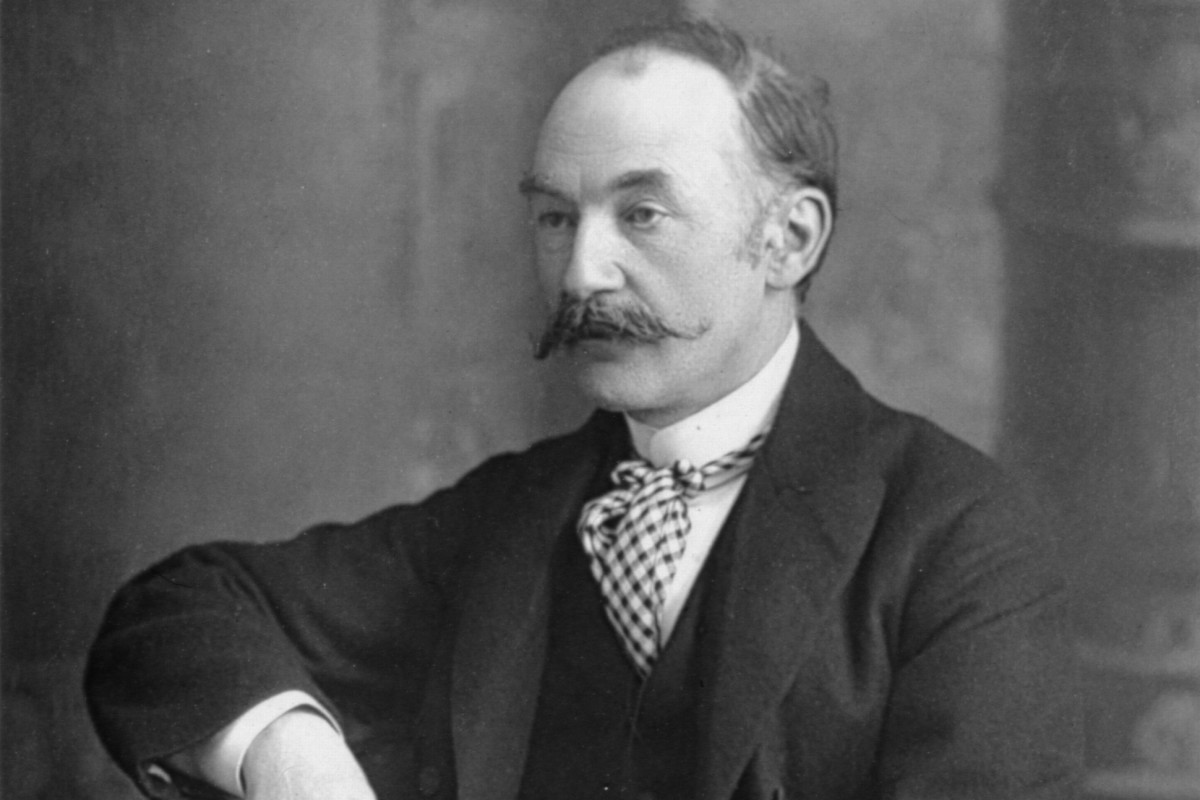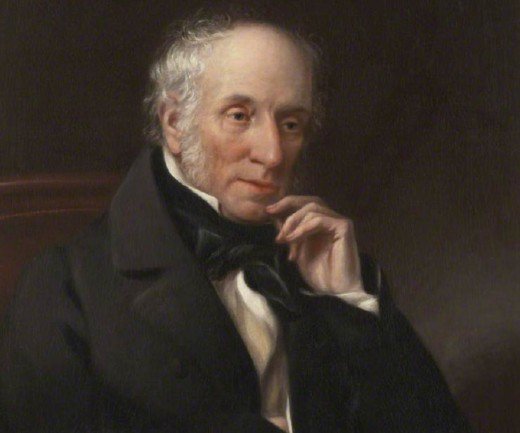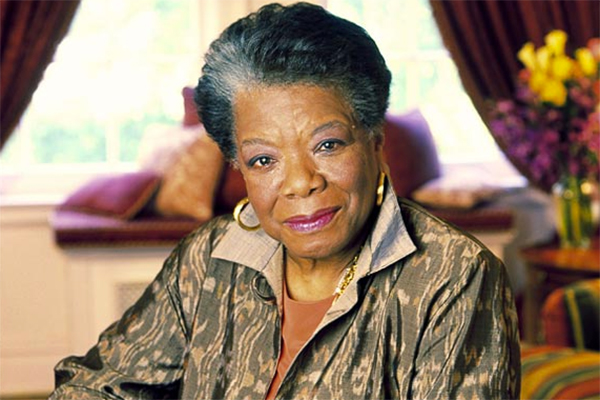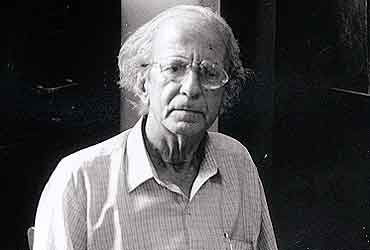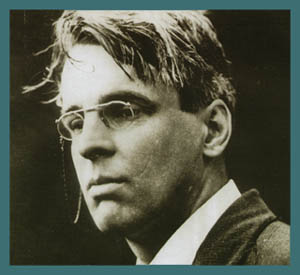This analysis of Oscar Wilde’s “Madonna Mia” is divided into three parts – context, rhyme scheme and rhetorical devices, and themes.
Context: This poem was first published under the title “Wasted Days” in Kottabos, the magazine of Trinity College, Dublin (where Wilde studied while at university). However, in “Wasted Days”, the subject is a fair, slim boy. Three years later, this poem was entirely rewritten for Wilde’s collection of poetry entitled Poems that was published in 1881. The gender of the subject was changed, the treatment shifted from aesthetic to religious and it was then titled “Madonna Mia”. This new version is the one we read now.
Rhyme Scheme and Rhetorical Devices: Sonnets typically occur in two types of rhyme schemes – in the pattern ABBA ABBA CDE CDE , known as the Petrarchan sonnet, or in the pattern ABAB CDCD EFEF GG, known as the Shakespearian sonnet. In “Madonna Mia” neither of these patterns is followed in its entirety. The rhyme scheme of “Madonna Mia” is as follows: ABBA ACCA DEF DFE. Thus it is an atypical sonnet.
In line 1, the poet uses the device of metaphor. This rhetorical device is used when a covert comparison is made between two different things or ideas. Here the poet compares the Virgin Mary with a lily, since both are delicate and beautiful. The poet uses the device of metaphor again in line 8 when he compares the Virgin Mary’s white complexion with marble.
In line 3, the poet uses the device of transferred epithet. This rhetorical device is used when an emotion is attributed to a non-living thing after being displaced from a person, most often the poet himself or herself. Here the poet associates the word “slumberous” with the Virgin Mary’s tears. It is not that the tears themselves are weary, but that the Virgin Mary has become weary from shedding so many tears after watching her son, Jesus Christ, being crucified.
In lines 3 and 4, the poet uses the device of simile. This rhetorical device is used when an overt comparison is made between two different things. Here the poet compares the way in which the Virgin Mary’s tears obscure her eyes with the way in which a heavy rainfall can obscure the sight of a stretch of blue water behind it. In addition to this, the poet also uses the word “like” while making this comparison. The poet again uses the device of simile in line 12 when he compares his awe at seeing the Virgin Mary with Dante’s awe at seeing heaven.
Themes:
Title of the poem: At first glance, this poem may seem to be an appreciation of the aesthetic beauty of a woman on the poet’s part. However, the title of the poem holds the clue to correctly identifying its subject. In Italian, the phrase “Madonna Mia” means “Oh my god”, or more specifically, “My Mary”. As we know, Madonna was another name for the Virgin Mary, the mother of Jesus Christ. Keeping the title in view, it is possible to see that the poet is describing not just any random woman, but the Virgin Mary.
Italian influence: As we have explained, the title of this poem comes from a common Italian phrase. The octave of the sonnet also closely resembles the Petrarchan sonnet, known alternatively as the Italian sonnet, which was introduced into English literature by poets such as Thomas Wyatt and Henry Howard, the Earl of Surrey. Last but not least, the poet compares his admiration for the Virgin Mary by bringing in a reference to the Italian poet Dante Alighieri’s most famous work The Divine Comedy. Thus, the Italian influence in this poem is plain to see.
Christian metaphor: In this poem, the poet makes it a point to show how the Virgin Mary is afraid of love and has never been touched by a man. This is because Christianity believes that the birth of Jesus Christ was a miracle. His mother had not indulged in the so-called sinful practice of sexual intercourse, but had remained a virgin. Though Joseph is said to be the father of Christ, he was not the biological father. He was merely Mary’s protector in her hour of need. Hence, her unstained cheek is a metaphor for virginal purity.
Class consciousness: In this poem, the Virgin Mary’s cheek is said to be pale and her neck to be whiter than the feathers of the dove. Living as he did in the Victorian era, Wilde was influenced by the kind of class consciousness that equated whiteness of skin with the nobility of the higher classes, and a dark complexion with the baseness of the lower classes. In addition to this, the poet says that the Virgin Mary’s blood veins appear to be purple in colour. Purple is also a colour that has always been associated with royalty. These associations are made by Wilde because God is said to be the King of heaven, and Jesus to be the son of god or the King, and hence, His mother Mary should also be considered royalty. That is also why the poet speaks of kissing the feet of the Virgin Mary, since royalty was supposed to be treated in this way.
Religious fervour: The poet devotes the entire octave of this sonnet to an expansive description of the frailty and purity of the Virgin Mary. However, in the sestet, the focus shifts away from the deity to the worshipper, that is, to the poet himself. The poet admires the Virgin Mary and has praised her at length. However, his awe of the Virgin Mary debilitates him. That is how strong his religious fervour is. His faith is as strong as that of Dante when he had actually seen heaven. The poet may not have encountered the Virgin Mary (and even if he had, he would not have known what to do) but he believes in her with a passion bordering on fanaticism.
Some online learning platforms provide certifications, while others are designed to simply grow your skills in your personal and professional life. Including Masterclass and Coursera, here are our recommendations for the best online learning platforms you can sign up for today.
The 7 Best Online Learning Platforms of 2022
- Best Overall: Coursera
- Best for Niche Topics: Udemy
- Best for Creative Fields: Skillshare
- Best for Celebrity Lessons: MasterClass
- Best for STEM: EdX
- Best for Career Building: Udacity
- Best for Data Learning: Pluralsight


